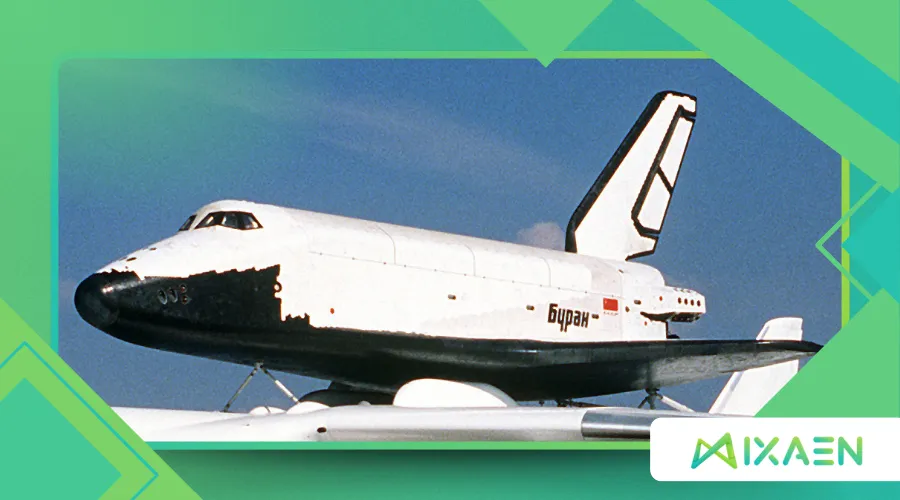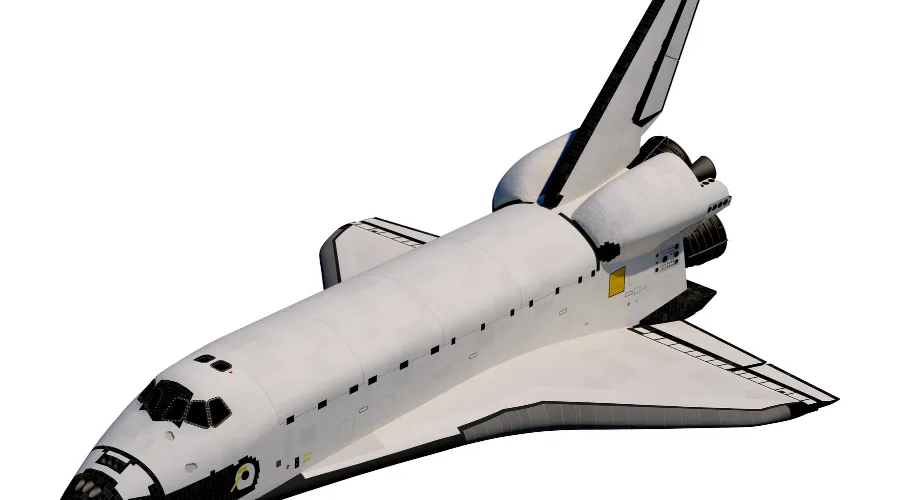Buran, the Soviet Space Shuttle: History, Curiosities, and the Fall of a Giant

The Soviet space shuttle Buran remains one of the most fascinating yet enigmatic chapters in aerospace history.
Anúncios
Conceived during the Cold War as Moscow’s answer to NASA’s Space Shuttle, Buran was a technological marvel that promised to redefine space exploration—only to vanish into obscurity after a single unmanned flight.
What led to its rise, and why did this ambitious project collapse so dramatically?
The story of Buran is not just about a spacecraft; it encapsulates the intense rivalry between two superpowers vying for supremacy in space.
As both nations pushed the boundaries of technology, Buran emerged as a symbol of Soviet ambition and engineering prowess.
Yet, it also serves as a reflection of the broader geopolitical landscape, where scientific achievements were often overshadowed by economic and political realities.
The Birth of a Cold War Rival
In the 1970s, the U.S. was developing its reusable Space Shuttle, a vehicle that could launch like a rocket and land like a plane.
The Soviet Union, locked in a fierce space race, saw this as both a threat and a challenge.
By 1976, the Kremlin greenlit its own version: the Soviet space shuttle Buran (Russian for “blizzard”).
This decision was not made lightly; it was a response to the perceived need to demonstrate technological parity with the United States.
Soviet leaders recognized that space exploration was a critical arena for showcasing national strength and innovation.
Unlike NASA’s design, Buran was not merely a copy.
While outwardly similar, it had key differences—most notably, it could fly autonomously, without a crew.
The USSR’s engineers also opted for a modular approach, using the colossal Energia rocket as its launch system, giving it far greater payload flexibility than its American counterpart.
This innovative design allowed Buran to carry a diverse range of payloads, from satellites to scientific instruments, which was crucial for the Soviet space program.
The ability to launch and recover payloads effectively positioned Buran as a versatile tool for both military and civilian applications.
+ How the Artemis Project Will Return Humanity to the Moon
Table 1: Buran vs. NASA Space Shuttle – Key Differences
| Feature | Buran | NASA Space Shuttle |
|---|---|---|
| First Flight | 1988 (Unmanned) | 1981 (Manned) |
| Launch System | Energia Rocket | Solid Boosters + SSMEs |
| Autonomy | Fully Autonomous Capability | Required Pilots |
| Missions Flown | 1 | 135 |
A Triumphant First Flight—And a Silent End
Buran’s maiden voyage on November 15, 1988, was a masterpiece of engineering.
In a fully automated mission, it orbited Earth twice before landing flawlessly—proving the USSR had matched, if not surpassed, American shuttle technology.
This monumental achievement was celebrated as a triumph of Soviet engineering and a significant milestone in the space race.
However, the sense of accomplishment was short-lived.
Economic turmoil, the collapse of the Soviet Union, and shifting political priorities doomed the program.
By 1993, Buran was officially canceled.
The remaining shuttles were left to rot in hangars, with one even destroyed in a hangar collapse in 2002.
The fate of Buran serves as a poignant reminder of how quickly fortunes can change in the world of aerospace.
What was once a symbol of national pride became a relic of a bygone era, neglected and forgotten.

Why Did Buran Fail?
Several factors contributed to the demise of the Soviet space shuttle:
- Economic Collapse – The USSR’s financial crisis made sustaining such an expensive program impossible.
- Lack of Clear Mission – Unlike NASA’s shuttle, which serviced the Hubble Telescope and built the ISS, Buran had no defined role beyond Cold War posturing.
- Political Shifts – With the Soviet Union dissolving, space exploration was no longer a priority for the new Russian government.
These factors combined to create an environment where ambitious projects like Buran could not survive.
The lack of a coherent strategy for the future of space exploration hindered the development of a sustainable program.
As funding dwindled, the vision that once inspired the Buran project faded into obscurity.
Table 2: The Fate of the Buran Fleet
| Shuttle Name | Status | Last Known Location |
|---|---|---|
| OK-1K1 (Buran) | Destroyed (2002 Hangar Collapse) | Baikonur Cosmodrome, Kazakhstan |
| OK-1K2 (Ptichka) | Incomplete, stored | Baikonur |
| OK-2K1 (Baikal) | Scrapped | Zhukovsky Airfield |
Despite its advanced technology, Buran ultimately fell victim to the realities of its time.
The ambitious goals set by Soviet leadership were undermined by economic instability and a lack of political will.
In hindsight, Buran’s story illustrates the fragility of even the most promising technological advancements.
++ Gemini Project: The Space Program That Prepared Humanity for the Moon
Buran’s Legacy: A Lesson in Ambition and Overreach
Today, Buran stands as a symbol of both Soviet ingenuity and the perils of overambition.
While NASA’s shuttle program lasted three decades, the Soviet space shuttle never got a second chance.
Yet, its influence persists—modern reusable spacecraft, like SpaceX’s Starship, owe some conceptual debt to Buran’s innovations.
The design principles and engineering solutions developed for Buran have informed subsequent spacecraft, demonstrating the lasting impact of this ambitious project.
Buran’s legacy also serves as a cautionary tale about the importance of aligning technological ambitions with practical realities.
Could Buran have succeeded under different circumstances? Perhaps.
But its story remains a cautionary tale of how even the most advanced technology can fall victim to politics and economics.
Did You Know?
A 2021 study by the Russian Academy of Sciences estimated that reviving Buran today would cost over $20 billion—far more than developing a new-generation spacecraft.
This staggering figure underscores the challenges of reviving outdated technologies in a rapidly evolving field.
Efforts to bring Buran back to life would not only require immense financial resources but also a reevaluation of its role in contemporary space exploration.
For more insights into the history of space exploration, you can visit NASA’s official website.

Final Thoughts: The Ghost of a Space Giant
Buran was more than just a Soviet space shuttle—it was a bold vision of what might have been.
Its single flight proved the USSR’s technical prowess, but its abrupt end reminds us that even the grandest projects are not immune to history’s tides.
For space enthusiasts, Buran remains a haunting “what if?”—a ghost of a future that never was.
The story of Buran encapsulates the dreams and aspirations of a generation that sought to explore the cosmos.
It serves as a reminder of the potential for human ingenuity, even in the face of overwhelming challenges.
As we look to the future of space exploration, Buran’s legacy encourages us to learn from the past and strive for a more sustainable approach.
By understanding the lessons of Buran and other historical projects, we can better navigate the complexities of future endeavors in space.
